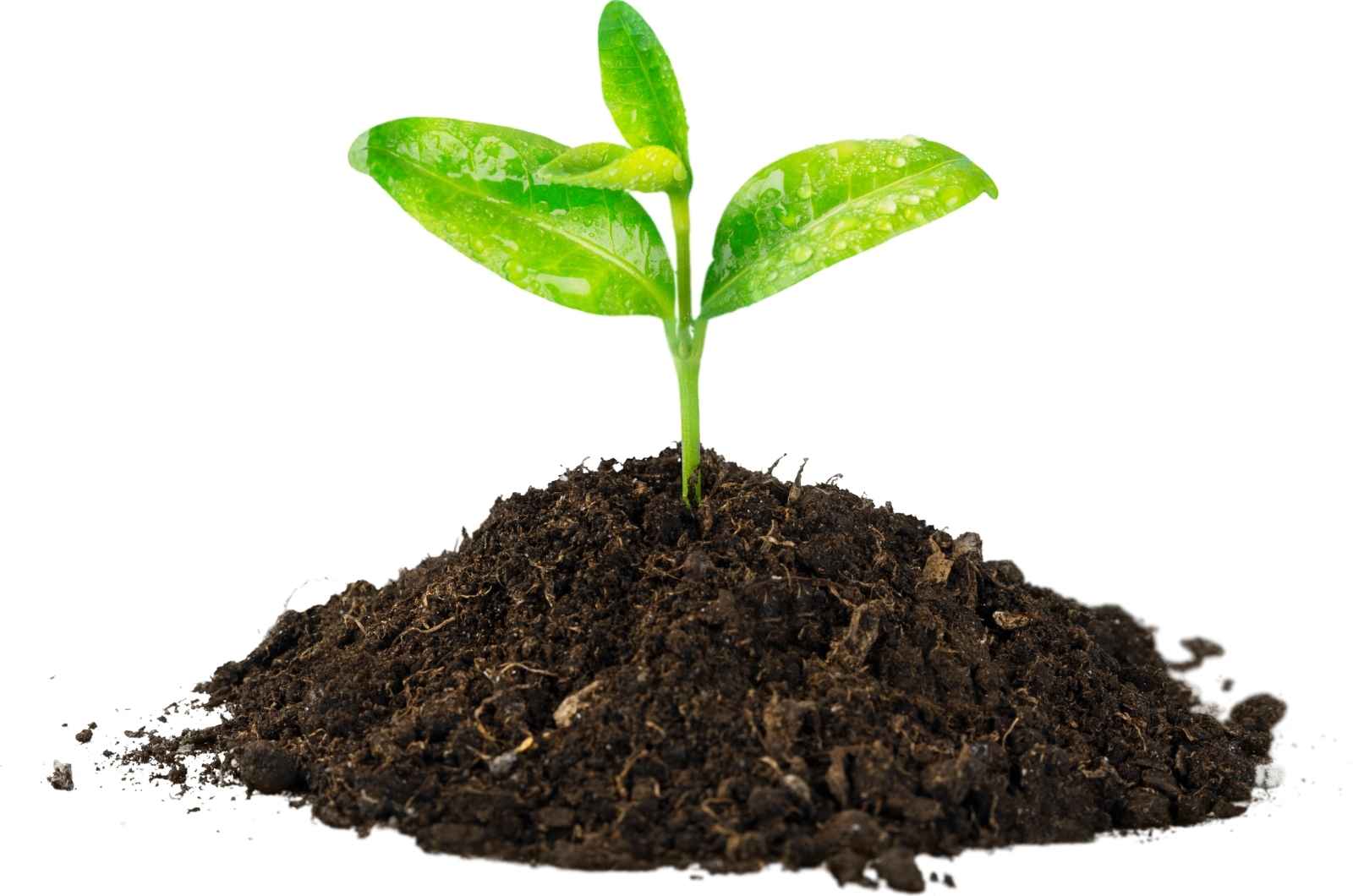How Does High Throughput Plant Phenotyping Revolutionize Agricultural Research?
?What is High Throughput Plant Phenotyping
high throughput plant phenotyping is a modern approach that leverages advanced technologies to measure and analyze plant traits efficiently and accurately. Unlike traditional methods, which rely on manual and often labor-intensive measurements, high throughput phenotyping automates the process, allowing for the rapid collection of detailed data on a large scale.
This approach utilizes various technologies, including imaging, sensors, and robotics, to capture comprehensive information about plant growth, development, and responses to environmental conditions. By integrating these technologies, you can gain a deeper understanding of how different plant species interact with their environment, which is crucial for improving crop resilience and productivity.
High throughput plant phenotyping is transforming agricultural research by providing precise, real-time data that can be used to enhance crop breeding programs, optimize agricultural practices, and develop sustainable farming solutions. This advanced method is paving the way for innovations that address the challenges of modern agriculture.
?How Does High Throughput Phenotyping Improve Crop Varieties
High throughput phenotyping significantly enhances crop improvement by enabling the detailed analysis of plant traits and their genetic basis. By automating the measurement of characteristics like yield, drought tolerance, and disease resistance, you can quickly identify which genes are responsible for these traits. This accelerates breeding programs, allowing you to develop more resilient and productive crop varieties faster than traditional methods.
With high throughput phenotyping, you can screen large populations of plants under various environmental conditions, providing comprehensive data that helps in selecting the best candidates for breeding. The precise and consistent data collected ensures that the improvements are reliable and repeatable, ultimately leading to crops that are better suited to withstand stress and changing climates. This technological advancement is crucial in addressing the growing demands for food security and sustainable agriculture.
How is High Throughput Phenotyping Used in Precision Agriculture?
High throughput phenotyping plays a significant role in precision agriculture by providing detailed, real-time data on plant health and development. Using advanced sensors and imaging technologies, you can monitor crop conditions and identify stress factors such as nutrient deficiencies or pest infestations. This data allows you to make informed decisions about irrigation, fertilization, and pest control, optimizing resource use and improving crop yields. By targeting interventions based on precise plant needs, you can enhance productivity and sustainability, ultimately leading to more efficient farming practices and better crop management.
?What Technologies are Used in High Throughput Phenotyping
High throughput phenotyping employs several advanced technologies to capture detailed data about plant traits. Remote sensing technologies, such as drones and satellites equipped with various sensors, provide comprehensive insights into plant health and stress across large fields. Imaging techniques, including RGB, multispectral, and hyperspectral imaging, reveal subtle differences in plant traits and responses. Robotics and automation further enhance data collection by moving through crop rows to capture images and measurements efficiently. These technologies collectively facilitate precise, large-scale phenotyping, enabling researchers to analyze and improve plant performance under different environmental conditions.
